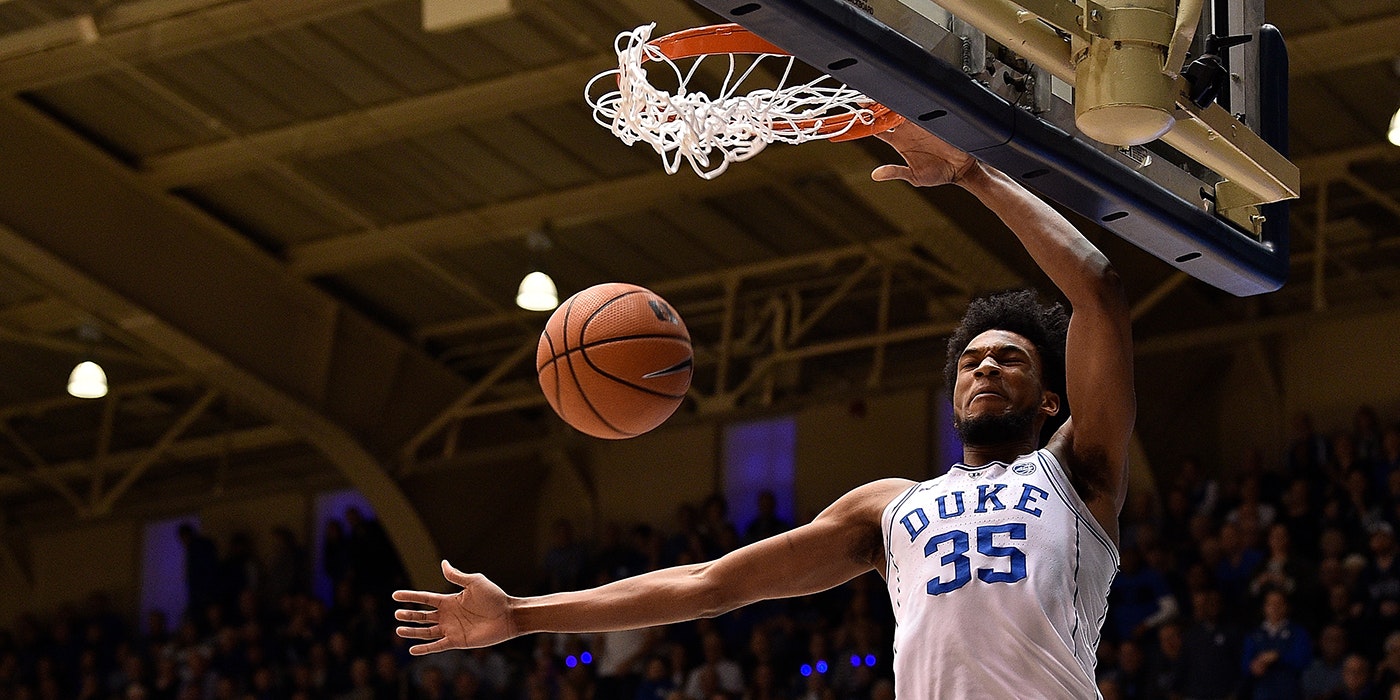When it comes to the NBA draft, “wingspan” feels like an overused term. You hear it everywhere. There’s so much focus on whether a player is long that it turned into a draft night drinking game.
But there’s a reason for all of that focus: because it matters. Perhaps to a degree we still haven’t fully realized. If we look at the 200+ players who measured at least 6-feet 9-inches barefoot at the Draft Combine in the last 16 years, there are 12 players who made the All-Star team at least once. If we sort this group by the ratio of their wingspan to their height, we find something startling.
Of the 50 players with the longest wingspans relative to their height we find 8 of those All-Stars: Andre Drummond, Anthony Davis, DeMarcus Cousins, DeAndre Jordan, Kevin Durant, Dwight Howard, LaMarcus Aldridge, and Brook Lopez. (Plus six more players who have started the majority of their career games played: Hassan Whiteside, Rudy Gobert, Nene, Brendan Haywood, Myles Turner, and Nikola Vucevic.)
Of the 50 players with the shortest wingspans relative to their height we find one All-Star (Chris Kaman) and three other players who started the majority of their career games (Mason Plumlee, Cody Zeller, and Troy Murphy).
Think about that. All we know about these players is their height, the length of their arms, and that they were good enough to be measured at the Draft Combine. We don’t know how well they played in the past. We don’t know how high they can jump, or how quickly they can move. We don’t know whether they can shoot, whether they can dribble, whether they can think the game, whether they have off court issues, whether they have medical red flags. Yet with one simple rule we can pretty effectively find the ones who ended up All-Stars.
What does this have to do with Marvin Bagley III? Well, certainly not everything. But something.
Click to login
subscribers only.
Purchase the complete Insider archives
including close to 200 articles
for just $50
Buy Now

